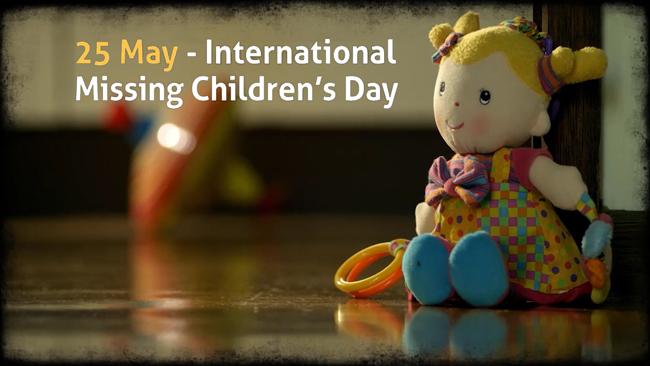
Fifty-five years after it sank, killing 21 men, Australia has found the shipwreck of the MV Noongah.
The 71m (233ft) freighter was carrying steel off the coast of New South Wales when it ran into stormy weather in 1969, sparking one of the biggest maritime searches in Australian history.
Five of the 26 crewmen were plucked from the water in the hours after the vessel sank, but only one body was ever recovered from those lost at sea.
The location of the wreck has now been confirmed by Australia’s science agency, using high resolution seafloor mapping and video footage.
Only minutes after sending a distress signal on 25 August, the ship had sunk in heavy seas.
Royal Australian Navy destroyers, minesweepers, planes, helicopters and a number of other vessels launched a massive search, as rescue crews also combed the shore for any sign of survivors.
Over the next 12 hours, they found two men at sea in two separate life rafts, and three more clinging to a plank of wood, according to local media.
The fate of the rest of the crew and the ship itself have been a mystery ever since.
Locals first spotted a wreck years ago – in deep water off the coast of South West Rocks, about 460km (286 miles) north of Sydney – and reported its coordinates to authorities.
There have long been suspicions that it may be the Noongah, but the technology or diving knowledge needed to identify the ship was not available.
But last month, a high-tech ship owned by the Commonwealth Scientific and Industrial Research Organisation (CSIRO) was sent to investigate further.
They found the wreck, largely intact and sitting upright on the sea floor, 170m below the surface. All its key dimensions matched the Noongah, the CSIRO said.
The Sydney Project – which finds and documents the wrecks of lost ships – is now planning a dive to collect additional vision from the site, in the hope of shedding light on why the ship sank.
“This tragedy is still very much in the memory of many in the community,” CSIRO’s Matt Kimber said.
“We hope that knowing the resting place of the vessel brings some closure for all.”
Surviving family members of the crew told the Australian Broadcasting Corporation the discovery is a relief.
“It’s always been in the back of my mind,” Pamela Hendy – the widow of captain Leo Botsman – said.



